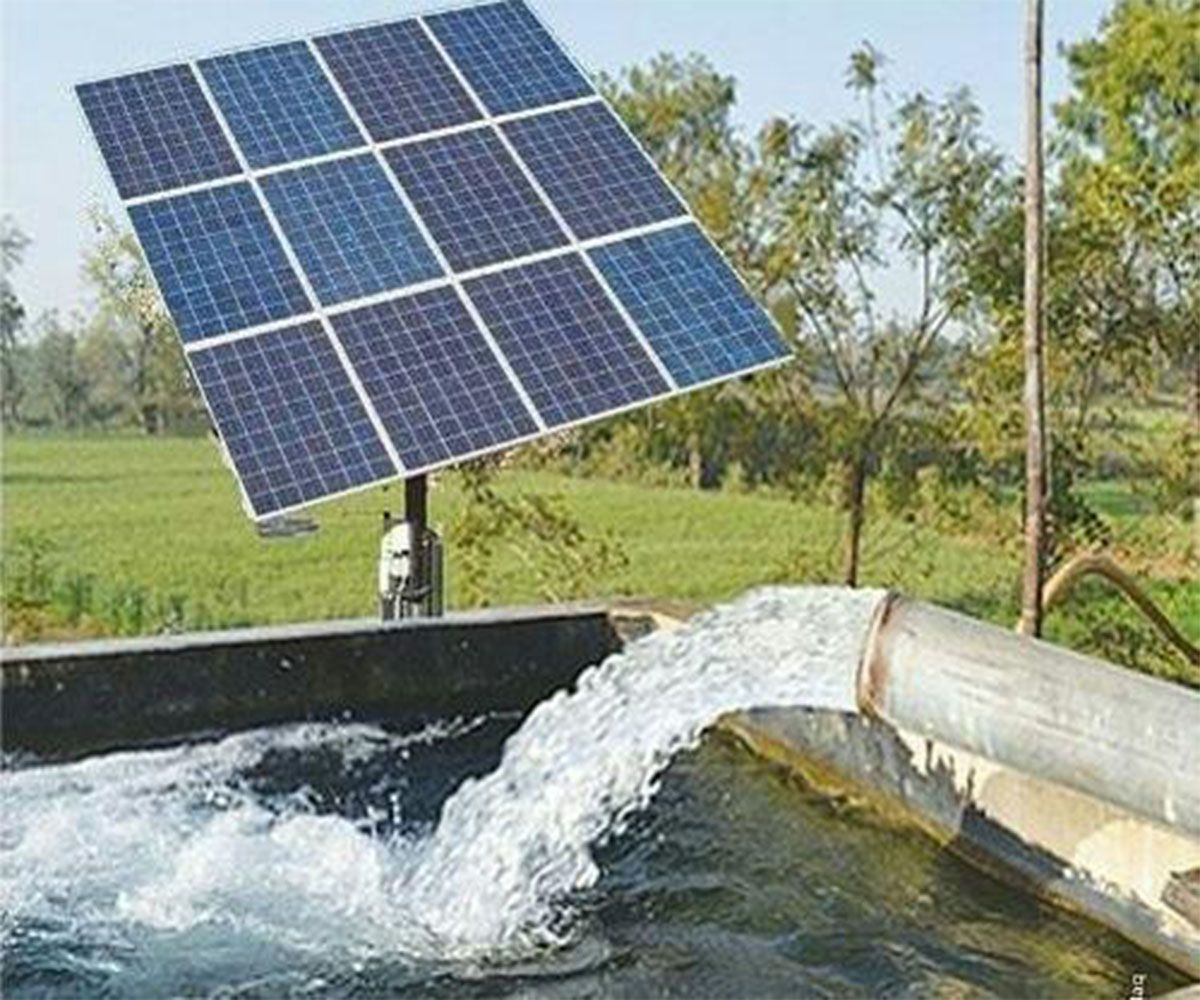Wastewater treatment is the process of involving chemical, physical and biological components to remove contaminants from the water. This is significantly used for industrial as well as domestic consumption. Wastewater treatment has a big impact on the modern-day civilization as it helps to thrive. In this blog, we will focus on wastewater treatment for industries and how it benefits them.
Industries dispose of a huge amount of wastewater every day and thus it needs a constant solution for the wastewater treatment system.
The process of treatment
Usually, industrial wastewater treatment goes through different stages of purification. The first step of purification is ensuring good and clean water. This is done by using huge filtering screens that eliminate solid inorganic substances such as plastic, metal, paper, etc. This step is followed by the elimination of silt and grit present in the water. These can prove to be quite abrasive for the industrial plant equipment. During these steps of purification, the wastewater flows through a sedimentation tank that removes the organic solid particles with the help of gravity when they settle down at the tank bottom. This settled sludge is collected at the centre of the tank from where it is pumped out of the water.
After this preliminary process, the water goes to different biological and chemical treatments to become completely purified and useable. The biological and chemical treatment ensures the removal of any bacteria or pollutants. Industrial water purification systems go through a complex and elaborate process to make the water reusable for the industry. This helps in reducing the wastage of water, which is very significant in today’s world.
Industries that require wastewater treatment
While almost all industries require water treatment to reuse water, here are some of the most important industries that hugely require reusable water.
- Breweries
- Dairy industries
- Iron and steel industries
- Food Processing industries
- Mining industries
What are the benefits?
Wastewater treatment comes with several benefits for industries. The three major benefits include:
-
- Energy production – The sludge that comes out of the wastewater contains a huge amount of biodegradable substances. These biodegradable are treated in an enclosed digester of 35 degrees C with anaerobic bacteria. This leads to the process of producing a huge amount of methane gas that can generate electricity for industrial use.
- Waste reduction – The industrial water filtration systems help in saving water by using the released waste in the improvement of the ecology and environment. This, in turn, enables the government to bring down the number of health risks that are caused by pollution of the environment.
- Production of fertilizers – wastewater treatment also helps in producing fertilizers by drying up the biodegradable substances in the drying lagoons which eventually turns into natural fertilizers.
Conclusion
Treatment of wastewater not only helps in reusing the same water but also keeps the balance in the ecological system. This is very important for mankind to survive. With the water levels dwindling, it becomes even more significant to save water and reuse wastewater as much as we can. New technologies are developing to make the water treatment process easier and faster.


